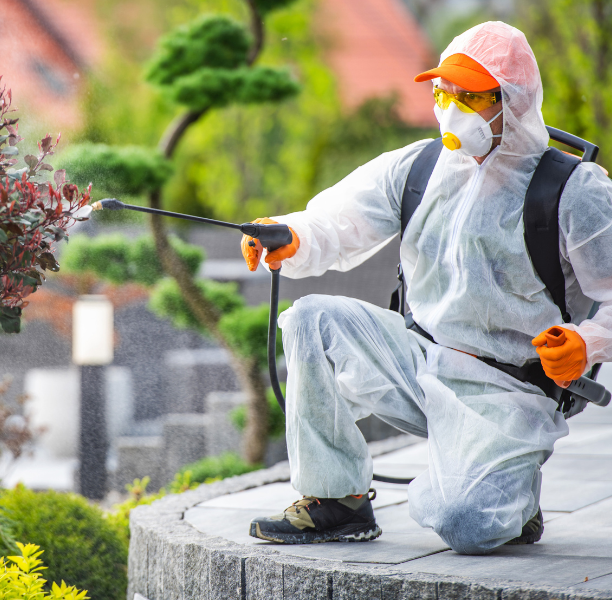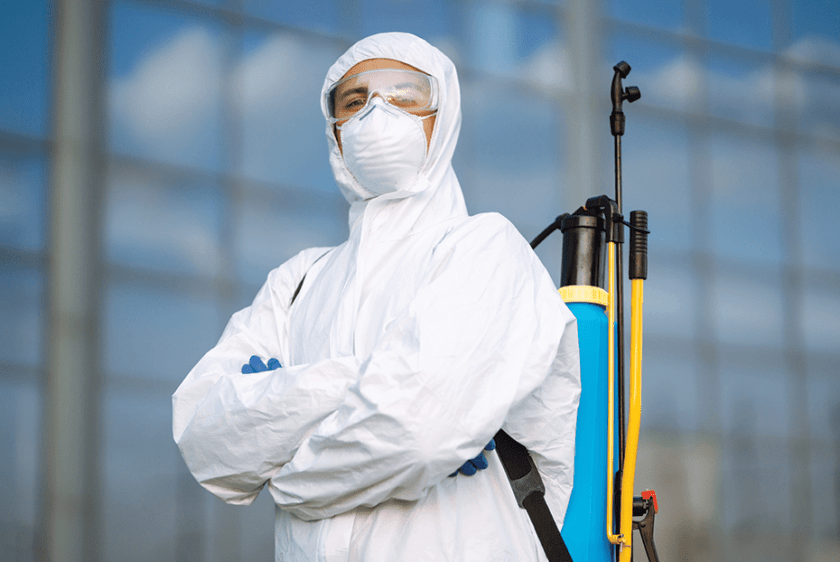Exploring Infestation and Therapy Strategies on the planet of Parasite Control
The landscape of parasite control includes a myriad of challenges, particularly as problems of usual home parasites continue to progress. Recognizing the actions and reproductive patterns of these annoyances is vital for establishing effective treatment methods. By incorporating safety nets with innovative administration techniques, such as Integrated Pest Administration (IPM), home owners can much better secure their settings. Nevertheless, the effectiveness of these approaches might differ significantly based on particular conditions. What hidden variables add to the success or failure of these strategies in different setups?

Common Family Vermin
When it concerns managing our living rooms, comprehending typical home parasites is important. These insects not only interrupt our comfort yet can additionally posture wellness threats and damage home. The most common house parasites consist of ants, cockroaches, rodents, termites, and bed pests.
Ants, often seen foraging in kitchen areas, can contaminate food and develop huge swarms. Cockroaches, understood for their resilience, can activate allergic reactions and spread pathogens. Rodents, consisting of mice and rats, can cause architectural damage and lug conditions like hantavirus and salmonella. Termites, typically described as "silent destroyers," can jeopardize the stability of wooden structures, resulting in pricey repairs. Bed bugs, although not disease providers, can trigger substantial pain through their bites and lead to psychological distress.
Identifying the indications of these pests, such as droppings, nests, or bite marks, is important for early intervention (Pest Control Lockhart). Appropriate sanitation techniques, sealing entrance points, and preserving a clutter-free environment are efficient preventative measures. By recognizing these common house insects and recognizing their habits, home owners can take positive actions to mitigate invasions, ensuring a healthier living atmosphere
Comprehending Parasite Infestations
Pest infestations can escalate rapidly, turning a minor nuisance right into a substantial trouble if not addressed promptly. Common factors contributing to infestations include inadequate sanitation, structural susceptabilities, and seasonal adjustments that drive parasites inside.
Recognizing the kind of parasite is crucial, as various varieties show diverse behaviors and reproductive rates. Rodents may develop nests in surprise areas while insects like roaches grow in wet atmospheres. Early detection often pivots on identifying indications such as droppings, nibble marks, or uncommon sounds, which can suggest a problem prior to it comes to be serious.
Cozy, humid environments can facilitate the fast development of pest populations, while adjustments in landscaping or building can accidentally create favorable settings. An informed method to recognizing these dynamics lays the groundwork for efficient parasite management techniques in the future.
Therapy Approaches and Techniques
Effective therapy approaches and strategies are important for reducing insect infestations and restoring a risk-free setting. A diverse strategy is commonly best, including chemical, biological, and mechanical strategies customized to the specific bug and the severity of the infestation.
Chemical treatments include the use of insecticides and have a peek at this site herbicides, which can successfully get rid of bugs. Proper application and adherence to safety weblink guidelines are critical to minimize threats to human beings and non-target microorganisms. Integrated Bug Administration (IPM) motivates the cautious use of chemicals as a last hope, relying instead on monitoring and threshold degrees to figure out intervention needs.
Biological control approaches involve introducing natural killers or parasites to lower insect populaces. This technique is increasingly preferred, especially in farming setups, as it promotes ecological sustainability.
Mechanical techniques, such as catches and barriers, give instant alleviation from insects without presenting chemicals. Alternatives include sticky catches for insects or physical obstacles for rodents.
Eventually, the selection of treatment approach ought to take into consideration the certain insect, the setting, and potential effects on human health and environments. A balanced combination of these approaches can effectively handle infestations while advertising lasting pest control options.
Safety Nets for House
Proactively resolving insect problems prior to they escalate is crucial for keeping a healthy home atmosphere (Pest Control Lockhart). Carrying out reliable preventive steps can substantially lower the likelihood of invasions, inevitably safeguarding both your residential property and health

Correct landscaping additionally plays a vital function in avoidance. Keeping bushes and trees trimmed away from your house minimizes the opportunities of bugs locating their way inside. Additionally, make sure that drainage systems are operating successfully to protect against standing water, which can pull in mosquitoes and various other bugs.
Last but not least, regular assessments are advisable. Regularly looking for indicators of pest task permits early my response treatment. By adopting these precautionary steps, house owners can create an environment that is much less congenial to parasites, consequently boosting their total top quality of life and decreasing the requirement for extensive insect control treatments.
Industrial Insect Control Approaches
A comprehensive technique to business insect control is important for organizations aiming to keep a secure and hygienic atmosphere. Reliable approaches include a mix of normal evaluations, staff member training, and the implementation of Integrated Parasite Management (IPM) techniques.
Normal evaluations allow early detection of insect task, permitting for prompt treatment. Businesses need to develop a routine schedule for these evaluations, concentrating on high-risk areas such as cooking areas, storeroom, and waste disposal websites. Staff member training is similarly important; team ought to be educated on the indications of bug infestations and the relevance of reporting them right away.
Applying IPM methods helps reduce bug problems sustainably. This consists of environment modification, such as sealing entry factors and decreasing mess, in addition to utilizing all-natural deterrents prior to considering chemical therapies.

Additionally, teaming up with an accredited insect control provider makes certain access to specialist knowledge and sophisticated therapy choices. This collaboration can cause tailored bug control prepares tailored to the particular needs of the service, lessening dangers and improving overall effectiveness. Ultimately, a positive and educated strategy cultivates a pest-free atmosphere, securing both public wellness and organization credibility.
Conclusion
In verdict, efficient bug control demands a comprehensive understanding of common household bugs and their behaviors, combined with targeted treatment techniques. Applying preventative actions together with therapy techniques such as Integrated Pest Management and biological control boosts the capability to minimize infestations.